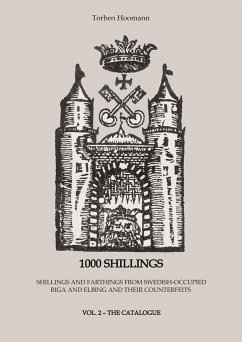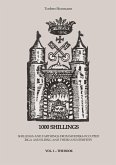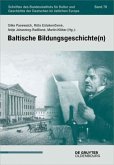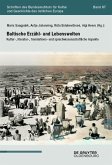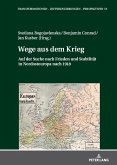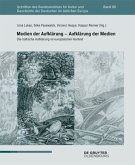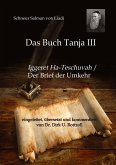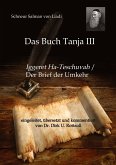Especially during the first half of the Swedish occupation of Livonia and Elbing, huge quantities of small coins were needed in the region for trade and payment of the military. In the course of time, this money was distributed over large parts of Eastern Europe and is nowadays rediscovered both as stray finds and as hoards. The great variability of the features shows how many dies were used for minting at the time and gives an idea of the true quantities produced. Their extent would be impressive even today when modern minting methods are taken into account.This catalogue is the supplement to the first volume of 1000 Shillings, in which the many characteristics of the coins covered are discussed in detail. In fact, it offers more than a third more content than the title suggests, but it is strongly recommended to have the first volume on hand to follow the examinations and descriptions of numerous cross-references. Together, the two volumes offer such a comprehensive overview ofthese coins as has not been described before and many variants are described for the first time.
Bitte wählen Sie Ihr Anliegen aus.
Rechnungen
Retourenschein anfordern
Bestellstatus
Storno

